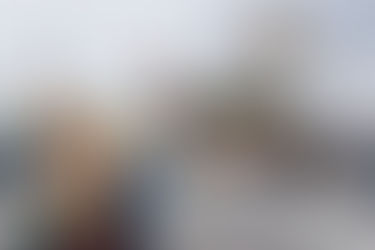top of page


Gloria Steinem and Me
I just read a current New Yorker Magazine article about Gloria Steinem. Almost simultaneously, this photo in Facebook Memories popped up....
Paul Kessel
Apr 7, 20241 min read


Luck and Street Photography
When I was a sophomore in high school, I tried out for the baseball team. I loved baseball and just like I always carry a camera with me,...
Paul Kessel
Jun 9, 20223 min read


Avocados, Cross Country Creek and Street Photography
It is the time of the Corona Virus. Food delivery arrived and I sterilize the containers in the hallway outside of my apartment before...
Paul Kessel
Apr 12, 20202 min read


The End of The Day
The end of the day is the best time to photograph on the street. No, it has nothing to do with the quality of light. I find that...
Paul Kessel
Jan 24, 20192 min read


Photography Slumps
In this blog I am referring primarily to street photography. Candid street photography is the style I attempt. I do not ask people to...
Paul Kessel
Dec 6, 20183 min read
bottom of page
